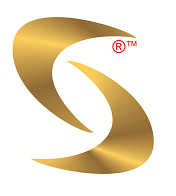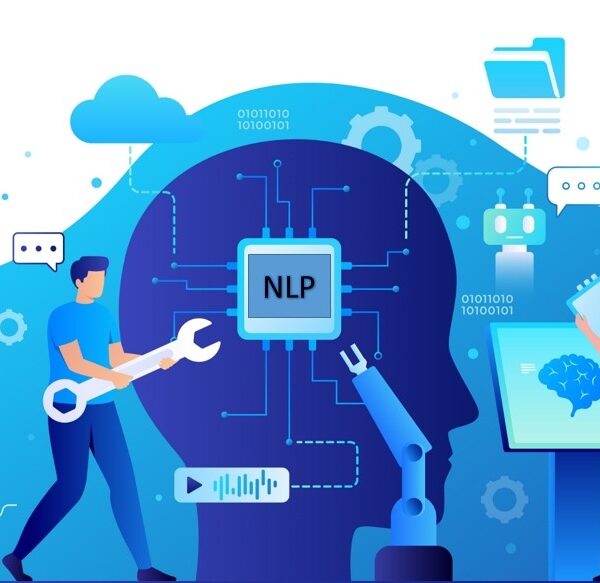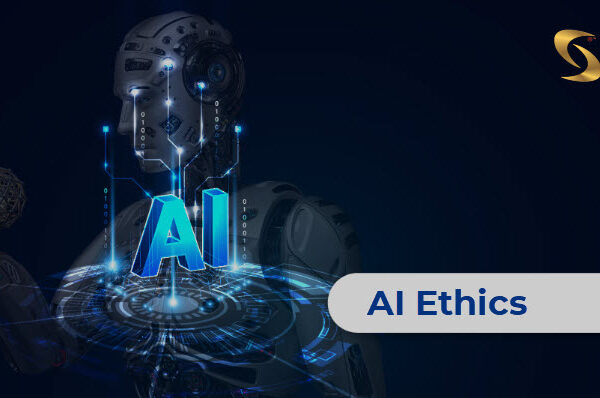Overview
The LQG Navigator is a hypothetical vehicle designed for interstellar travel, leveraging the principles of Loop Quantum Gravity (LQG). This document provides detailed instructions for the creation and assembly of a working prototype, including materials, technology, electronics, and AI models and algorithms, along with the mathematical proof of concept.
Materials List
- Quantum Computing Core Components:
- Quantum processor (e.g., D-Wave Advantage or IBM Quantum System)
- Quantum memory units
- High-fidelity qubit control hardware
- Spin Network Analyzer Components:
- High-resolution quantum sensors
- Superconducting circuits
- Quantum state measurement devices
- Path Optimization Engine Components:
- Advanced GPU units for machine learning
- High-speed interconnects for data transfer
- Custom-built quantum optimization software
- Holonomy Manipulation Module Components:
- Precision magnetic field generators
- Quantum field modulators
- Nanofabricated control circuits
- Energy Management System Components:
- High-capacity superconducting batteries
- Energy-efficient power management circuits
- Thermal regulation systems
- Real-time Monitoring and Adjustment System Components:
- Quantum sensors for real-time feedback
- Control actuators for adjustments
- Real-time data processing units
Technology and Electronics
Quantum Computing Core
- Processor: D-Wave Advantage with over 5000 qubits
- Memory: Quantum memory units with entanglement-preserving capabilities
- Control Hardware: High-fidelity qubit control hardware to maintain coherence and reduce error rates
Spin Network Analyzer
- Quantum Sensors: High-resolution sensors capable of detecting quantum states with high precision
- Superconducting Circuits: Used to maintain low temperatures and high sensitivity
- Measurement Devices: Devices capable of measuring quantum states and translating them into actionable data
Path Optimization Engine
- GPUs: NVIDIA A100 Tensor Core GPUs for machine learning and optimization tasks
- Software: Custom-built quantum optimization algorithms, leveraging QAOA (Quantum Approximate Optimization Algorithm)
- Data Transfer: High-speed interconnects to facilitate fast data processing and decision-making
Holonomy Manipulation Module
- Magnetic Field Generators: Precision generators to manipulate holonomies along edges in the spin network
- Quantum Field Modulators: Devices to control the Ashtekar connection and facilitate node transitions
- Control Circuits: Nanofabricated circuits for precise control of quantum fields
Energy Management System
- Batteries: High-capacity superconducting batteries to provide sustained power
- Power Management: Energy-efficient circuits designed to minimize energy loss
- Thermal Regulation: Systems to manage and dissipate heat generated during operation
Real-time Monitoring and Adjustment System
- Quantum Sensors: Real-time quantum sensors to monitor the vehicle’s state and environment
- Control Actuators: Actuators to make necessary adjustments based on sensor feedback
- Data Processing: Real-time data processing units to handle sensor input and control commands
AI Models and Algorithms
Quantum Computing Algorithms
- Path Integral Calculation: Algorithms to compute path integrals over spin foams
- Transition Amplitude Computation: Methods to calculate transition amplitudes between nodes
- Eigenvalue Calculation: Techniques to determine eigenvalues of the area operator
Machine Learning Models
- Optimization Algorithms: QAOA for finding optimal paths through the spin network
- Predictive Models: Neural networks to predict energy consumption and travel efficiency
- Control Algorithms: Reinforcement learning models to adjust holonomy manipulation in real time
Mathematical Proof of Concept
1. Ashtekar Variables and Holonomies
In Loop Quantum Gravity, the geometry of spacetime is described using Ashtekar variables: the densitized triad (𝐸~𝑖𝑎E~ia) and the Ashtekar connection (𝐴𝑎𝑖Aai). The holonomy ℎ𝑒(𝐴)he(A) along an edge 𝑒e is given by:
ℎ𝑒(𝐴)=𝑃exp(∫𝑒𝐴)he(A)=Pexp(∫eA)
where 𝑃P denotes path-ordering.
2. Transition Amplitudes and Spin Foams
The probability amplitude for transitioning from one node to another in the spin network is given by a path integral over spin foams:
𝑍=∫𝐷[𝐴]exp(𝑖𝑆[𝐴])Z=∫D[A]exp(iS[A])
where 𝑆[𝐴]S[A] is the action for the Ashtekar connection.
3. Area Operator and Eigenvalues
The distance between nodes is approximated by the eigenvalues of the area operator (𝐴^A^):
𝐴^∣𝑠⟩=8𝜋ℓ𝑝2𝛾∑𝑖𝑗𝑖(𝑗𝑖+1)∣𝑠⟩A^∣s⟩=8πℓp2γ∑iji(ji+1)∣s⟩
where 𝑗𝑖ji are the spin labels of the edges. The energy required for each transition is proportional to the edge length 𝑙l, given by:
𝐸∝𝑙∝∑𝑖𝑗𝑖(𝑗𝑖+1)E∝l∝∑iji(ji+1)
4. Path Optimization Using QAOA
The Quantum Approximate Optimization Algorithm (QAOA) is used to find the optimal path through the spin network:
Minimize∑𝑘=1𝑛𝐸𝑘Minimize∑k=1nEk
where 𝐸𝑘Ek is the energy required for the 𝑘k-th transition, given by the change in the area operator’s eigenvalues:
𝐸𝑘∝Δ𝐴𝑘=8𝜋ℓ𝑝2𝛾(∑𝑓𝑗𝑓𝑖(𝑗𝑓𝑖+1)−∑0𝑗0𝑖(𝑗0𝑖+1))Ek∝ΔAk=8πℓp2γ(∑fjfi(jfi+1)−∑0j0i(j0i+1))
5. Real-time Monitoring and Control
The real-time monitoring and adjustment system uses feedback loops to maintain optimal navigation. The control algorithm is based on PID control theory:
Δ𝑥=𝐾𝑝(𝑟−𝑥)+𝐾𝑖∫(𝑟−𝑥)𝑑𝑡+𝐾𝑑𝑑(𝑟−𝑥)𝑑𝑡Δx=Kp(r−x)+Ki∫(r−x)dt+Kddtd(r−x)
where Δ𝑥Δx is the adjustment, 𝑟r is the reference position, 𝑥x is the current position, and 𝐾𝑝Kp, 𝐾𝑖Ki, 𝐾𝑑Kd are the proportional, integral, and derivative gains, respectively.
Assembly Instructions
Step 1: Construct the Quantum Computing Core
- Install the quantum processor in a cryogenic environment to maintain low temperatures.
- Connect the quantum memory units and configure them for entanglement-preserving operations.
- Integrate the qubit control hardware, ensuring precise calibration to minimize error rates.
Step 2: Set Up the Spin Network Analyzer
- Mount the high-resolution quantum sensors on a stable platform.
- Connect the superconducting circuits to the sensors, maintaining low temperatures for high sensitivity.
- Install the quantum state measurement devices and configure them for accurate state detection.
Step 3: Assemble the Path Optimization Engine
- Install the GPUs in a high-performance computing rack.
- Load the custom quantum optimization software onto the system.
- Connect high-speed interconnects for efficient data transfer between components.
Step 4: Configure the Holonomy Manipulation Module
- Install the magnetic field generators at precise locations within the vehicle.
- Connect the quantum field modulators to the control circuits.
- Calibrate the control circuits for precise manipulation of quantum fields.
Step 5: Integrate the Energy Management System
- Install superconducting batteries in a secure compartment.
- Connect power management circuits to distribute energy efficiently.
- Set up thermal regulation systems to manage heat dissipation.
Step 6: Implement the Real-time Monitoring and Adjustment System
- Mount quantum sensors throughout the vehicle for real-time feedback.
- Install control actuators connected to the main processing unit.
- Configure real-time data processing units to handle sensor input and control commands.
Conclusion
The LQG Navigator’s AI Navigation System combines cutting-edge quantum computing, advanced machine learning, and precise control mechanisms to enable efficient interstellar travel. By following these detailed design and assembly instructions, a working prototype can be constructed, paving the way for future exploration and innovation in space travel. This comprehensive approach ensures that all components work harmoniously, leveraging the principles of Loop Quantum Gravity to achieve unprecedented navigational capabilities.





